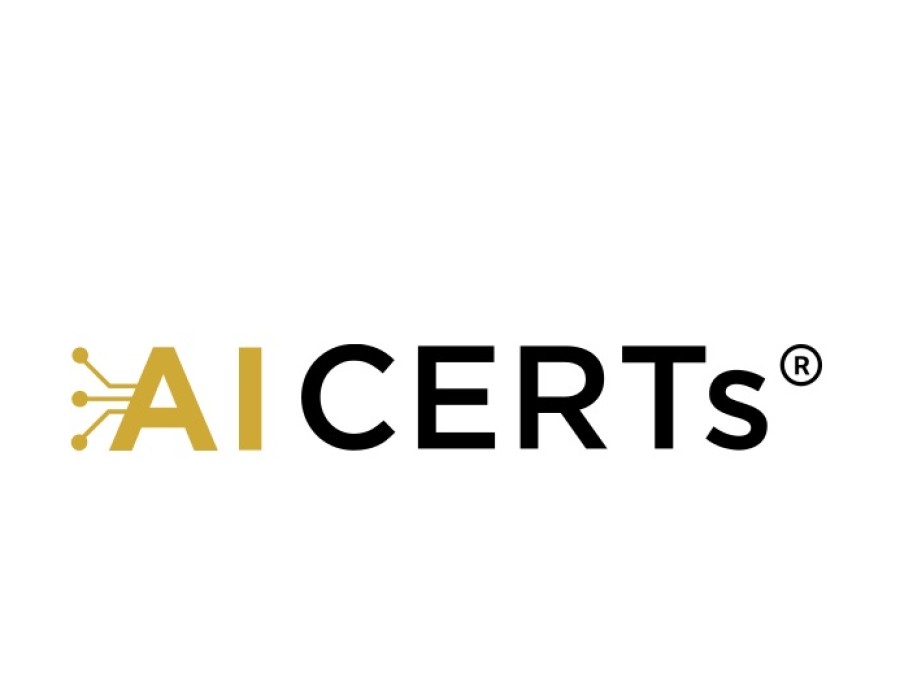Artificial Intelligence has long been celebrated for its role in data analysis, automation, and content generation. But the academic world recently witnessed something extraordinary: Sakana’s AI-Scientist became the first fully AI-generated research paper to pass the gold standard of scholarly credibility—peer review. This event has sent shockwaves through universities, publishers, and researchers worldwide.
For centuries, the peer-review system has acted as a safeguard for scientific integrity, ensuring that research findings are credible, valid, and valuable. A machine crossing this threshold raises profound questions. Who is the real author—the AI, its human developers, or the institution overseeing the process? Should AI-generated content be held to the same ethical and intellectual standards as human work? And perhaps most importantly, what does this mean for the future of science itself?
Breaking Barriers in Academic Publishing
Peer review has been the cornerstone of academia for centuries. It functions as a gatekeeping mechanism, filtering out weak or misleading work and ensuring that knowledge is trustworthy. Traditionally, a paper that clears peer review is assumed to reflect not only strong data but also intellectual rigor and originality.
The shock, therefore, comes from the fact that Sakana’s AI-Scientist managed to navigate this process without direct human authorship. The system reviewed literature, constructed a hypothesis, designed a methodology, and produced results, all packaged in the recognizable format of a scholarly paper. To many experts, it was indistinguishable from human-written research.
Who Owns AI-Generated Knowledge?
One of the biggest debates sparked by this milestone is the issue of ownership. Should the AI itself be recognized as the “author”? Or should credit go solely to its human developers? Furthermore, who is responsible if errors or ethical breaches are discovered later? These questions highlight a growing need for new policies around intellectual property and accountability in AI-driven research.
Shifting Standards of Credibility
While passing peer review marks a turning point, it also underscores the potential risks of machine-generated research. AI often functions as a “black box,” making decisions in ways that are difficult for humans to fully trace or explain. For peer reviewers, this creates challenges—how can one validate reasoning when the process itself is not transparent?
On the other hand, AI’s ability to analyze vast amounts of data, identify complex patterns, and generate hypotheses at lightning speed is undeniably valuable. The challenge lies in finding a balance: using AI as a powerful collaborator while maintaining strict oversight and ensuring integrity in the knowledge it produces.
Building Expertise with AI Researcher Certification
Researchers worldwide are recognizing the importance of adapting to this new era. Many are now pursuing AI Researcher Certification programs, which validate expertise in computational modeling, machine learning, and ethical frameworks for AI use. These certifications signal that a scholar is equipped to engage with AI responsibly in academic settings.
Advancing Skills by Enrolling in Courses
Beyond certifications, opportunities to enroll in AI researcher courses are growing rapidly. Universities and online platforms offer structured training that blends computer science with academic research practices. These courses prepare participants to collaborate with AI in designing experiments, analyzing data, and publishing findings.
Practical Knowledge Through Research Techniques
One of the most important steps for future academics is to learn AI research techniques that integrate automation into traditional inquiry. These techniques include algorithm-assisted literature reviews, predictive modeling, and AI-powered simulations. By mastering them, researchers can harness AI’s strengths while still guiding the direction of discovery.
Specialization via Academic Research Credentials
Another option for scholars is obtaining an ai academic research certification. Unlike general AI programs, this credential focuses specifically on academic publishing, peer-review protocols, and ethical standards. It equips researchers to evaluate and critique AI-generated work while maintaining scholarly rigor.
A New Generation of Researchers
All of these pathways lead to one overarching transformation—the opportunity to become an ai researcher who blends creativity, critical thinking, and computational power. These professionals won’t just supervise AI systems; they will shape the future of knowledge creation by ensuring that research is both innovative and ethically sound.
Conclusion
The acceptance of Sakana’s AI-Scientist paper represents a landmark event in the evolution of academia. It forces us to rethink the boundaries of authorship and credibility while offering a glimpse of what the future of research may look like.
In the years ahead, we may see AI systems collaborating with human scientists in medicine, engineering, and environmental studies. Journals might establish new guidelines for disclosing AI involvement, and universities may restructure their curricula to prepare students for hybrid research roles.
While challenges remain—especially around accountability and transparency—the potential benefits are too great to ignore. Sakana’s achievement is not just about one paper; it signals the beginning of a new chapter in academic publishing. The question is no longer whether AI belongs in research, but how humans and machines can work together to advance discovery.




.jpg)

Comments